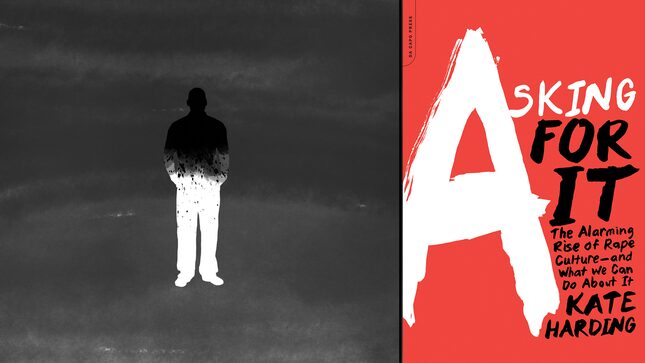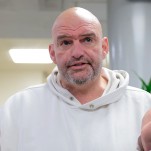Who Is the Imaginary Rapist?
Latest

For as long as there’s been an America, there have been high-profile instances of false rape reports—especially, interracial rapes. A 2015 report on lynching by the Equal Justice Initiative is blunt about what the tragic consequences have been for black men in this country:
Nearly 25 percent of the lynchings of African Americans in the South [between 1888 and 1950] were based on charges of sexual assault. The mere accusation of rape, even without an identification by the alleged victim, could arouse a lynch mob. The definition of black-on-white “rape” in the South required no allegation of force because white institutions, laws, and most white people rejected the idea that a white woman would willingly consent to sex with an African American man.
Much as we might like to believe that’s all in the past, some white women still fabricate violent crimes committed by imaginary African American men, and their stories are fueled by ongoing stereotypes of black men as insatiable predators.
In 2001, an Iowa State University student named Katie Robb reported to the college that she’d been raped by four large, armed black men and then recanted the next day. In 2009, Pennsylvania mother Bonnie Sweeten called 911 to report that she and her nine-year-old daughter had been kidnapped by two African American men; meanwhile, Sweeten and her daughter were at Disney World. In 2008, Ashley Todd, a volunteer for Republican John McCain’s campaign for US president, feigned a mugging by a six-foot-four black supporter of Barack Obama, even going so far as to cut the letter B into her own cheek. (The fact that the B was backwards, because she’d carved it while looking in a mirror, was the first clue that something was amiss.) And in 2011, a Brooklyn nun—or at least, a Brooklyn member of a cultish Christian sect, who identified herself as Sister Mary Turcotte—told detectives she was attacked and raped by a “6-foot, 250-lb. Black man.” She later blamed an “emotional break” for her decision to send police out looking for a racist caricature.
Why those women chose to concoct claims of violence is a puzzle I don’t have enough information to solve. Why they all chose to blame large African American men, however, is a no-brainer: centuries of systemic racism have primed us all to fear the black brute with a ceaseless drive to possess white women.
Two of the highest-profile false accusation cases in my lifetime have involved African American victims accusing white men of rape, evoking a legacy of sexual domination of black women by white men that goes back to slavery. However, by the late twentieth century, US culture had progressed to approximately the point where we remain today: simultaneously deeply racist and deeply ashamed of being called racist. So, in their rush to be perceived as supporting victimized African American girls and women, public figures ranging from black preachers to white feminists, from news reporters to prosecutors, threw their muscle behind two people who were just plain lying. And that is why every internet discussion of false accusations now involves some white dude bleating “Tawana Brawley!” or “Duke lacrosse!” as though nothing else needs to be said.
These cases are likely familiar to you as outlines: however, the particulars of each are telling about what goes into a false report, and who we believe capable of rape—and how other people’s agendas can work to compound a single, terrible lie.
Tawana Brawley was just 15 in November 1987, when she went missing for four days and then turned up in a garbage bag with feces in her hair and racial and sexual epithets written on her body. Brawley wasn’t suffering from exposure after her ordeal in the New York cold, nor was she malnourished, after four days ostensibly spent in the woods. The crotch of her jeans was burned, but her body was not. Her only injury was a bruise that did not seem all that recent. There was no physical evidence that she’d been raped.
At the emergency room, Brawley pretended to be unconscious but flunked a reflex test that said otherwise. She resisted medical professionals’ attempts to force open her eyes but eventually opened them herself when a doctor said, “I know you can hear me.”
According to a grand jury report published in the New York Times, “Tawana Brawley never provided a detailed account of her allegations, a detailed description of her alleged attackers, or named her alleged assailants to anyone.” The girl was largely uncommunicative, answering questions by nodding and shaking her head. At some point, she reportedly wrote a note that said “white cop,” and from there, a story emerged that she’d been abducted by two white men, one of them blond, with a light mustache, a badge, and a holster.
-

-

-

-

-

-

-

-

-

-

-

-

-

-

-

-

-

-

-

-

-

-

-

-

-

-

-

-

-

-

-

-

-

-

-

-

-

-

-

-








































